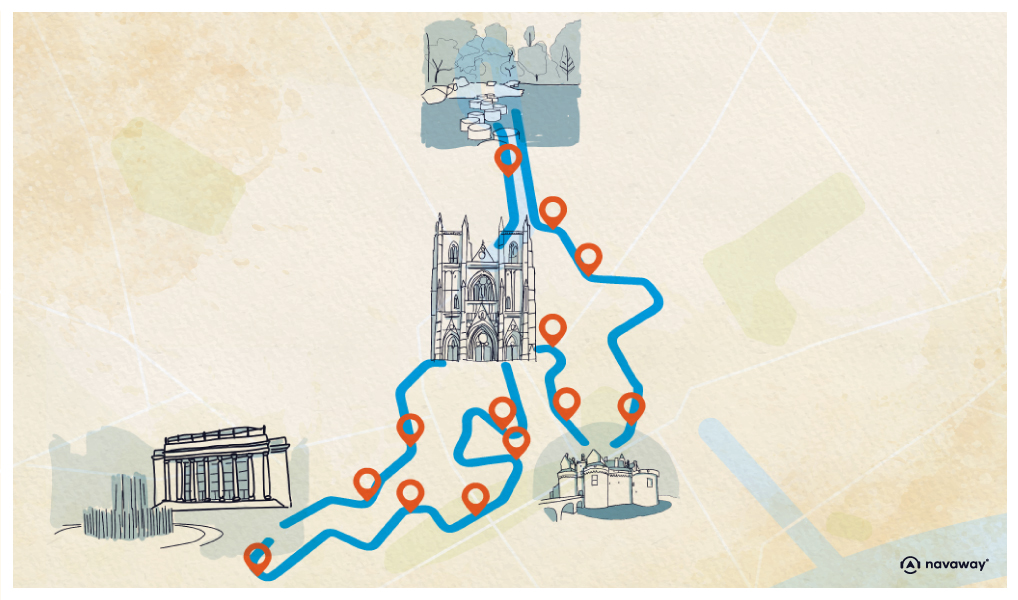
Kervegan Street
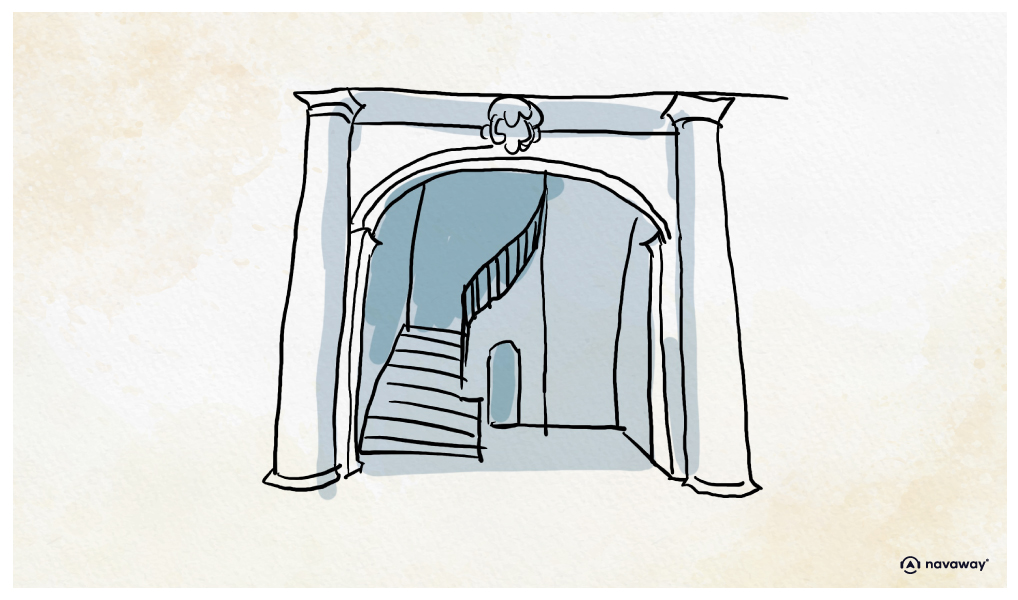
This point of interest is available as audio on the tour: Visit Nantes, The City of the Dukes
You are now crossing Kervegan street, the main route through the former Feydeau island. The island was originally separated from the city of Nantes by branches of the Loire. At the beginning of the 20th century, it was decided to fill in the arms of the river and attach the Feydeau island to the city, transforming it into an exclusive district for the wealthy shipowners of Nantes. As operators of merchant ships, the shipowners were responsible for outfitting the boats and managing both the crew and the cargo. The old Feydeau district nevertheless retains its island shape and its atmosphere detached from the rest of the centre. All these fine 18th-century buildings are a reminder of the commercial wealth of the port city’s past. Ships were built and armed in Nantes, bringing back countless riches from the triangular trade. With its 1,714 shipments Nantes represented 40% of French shipments. The port was the country’s leading slave port and remained the last major centre of the slave trade in France, continuing until 1831, the year when the law banning the slave trade was promulgated! Let’s quickly refresh our understanding of the history of the triangular trade. It’s called like that because it involved three continents. Ships set sail from Europe filled with goods bound for Africa. Upon arrival on the African continent, these goods were exchanged for slaves, who were then deported to the New World to be sold on coffee and sugar cane plantations, among other places. In its turn slave money or the slaves, themselves were exchanged for commodities highly sought after in Europe, such as rum, spices, cocoa, sugar, and cotton. It is important to remember that this trade led to the enslavement of more than 22 million Africans and claimed millions of victims. You can visit the Memorial to the Abolition of Slavery on la Fosse Quay. It is one of the most important memorials in the world devoted to this period in history. It shows Nantes’ relationship with its past and pays tribute to great figures that fought against slavery. The tour ends in front of a monumental staircase, leading to enormous glass plaques engraved with the Universal Declaration of Human Rights as well as the word Liberty, translated into 47 languages. A must-see when you’re in Nantes.


Discover Nantes with app
An interactive guide through the most beautiful streets, squares, and districts
30 fun audioguides full of historical facts, anecdotes, and legends
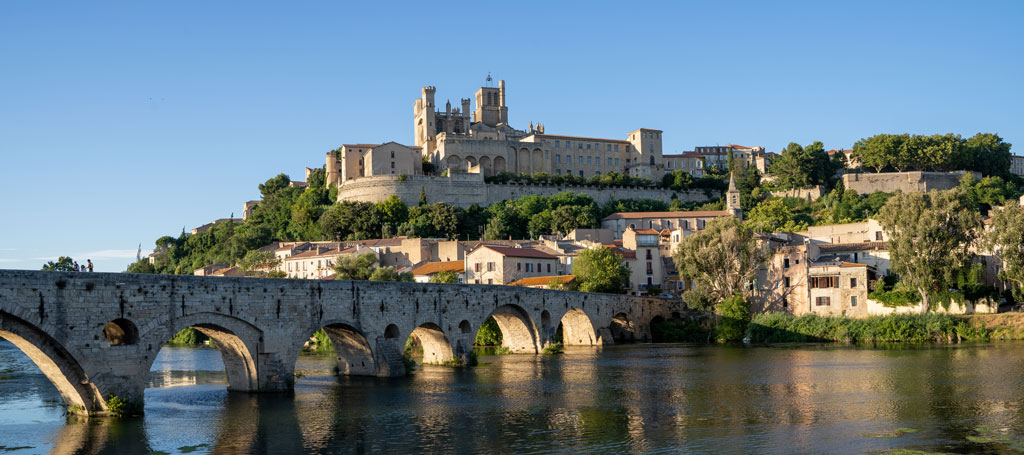
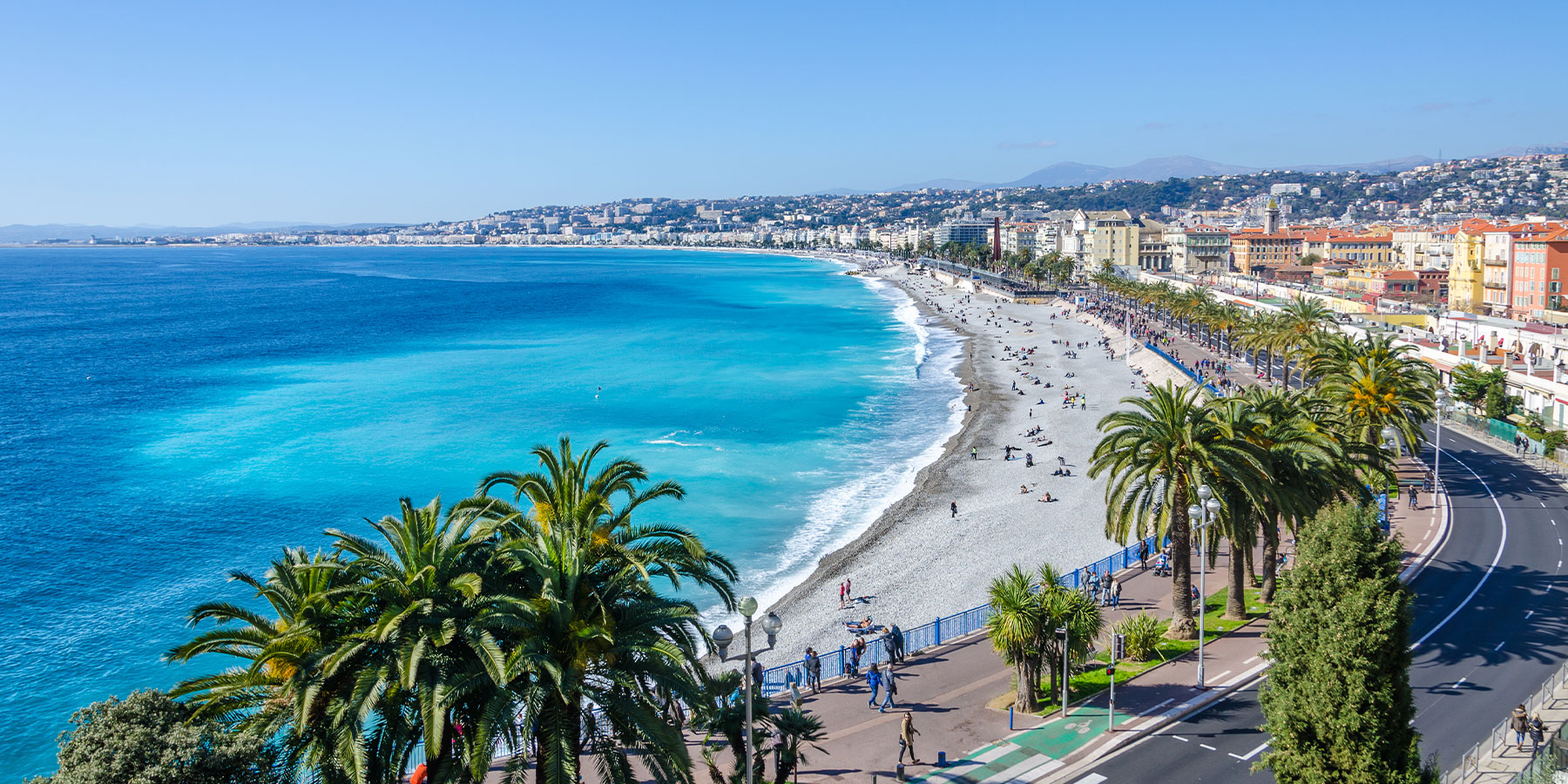
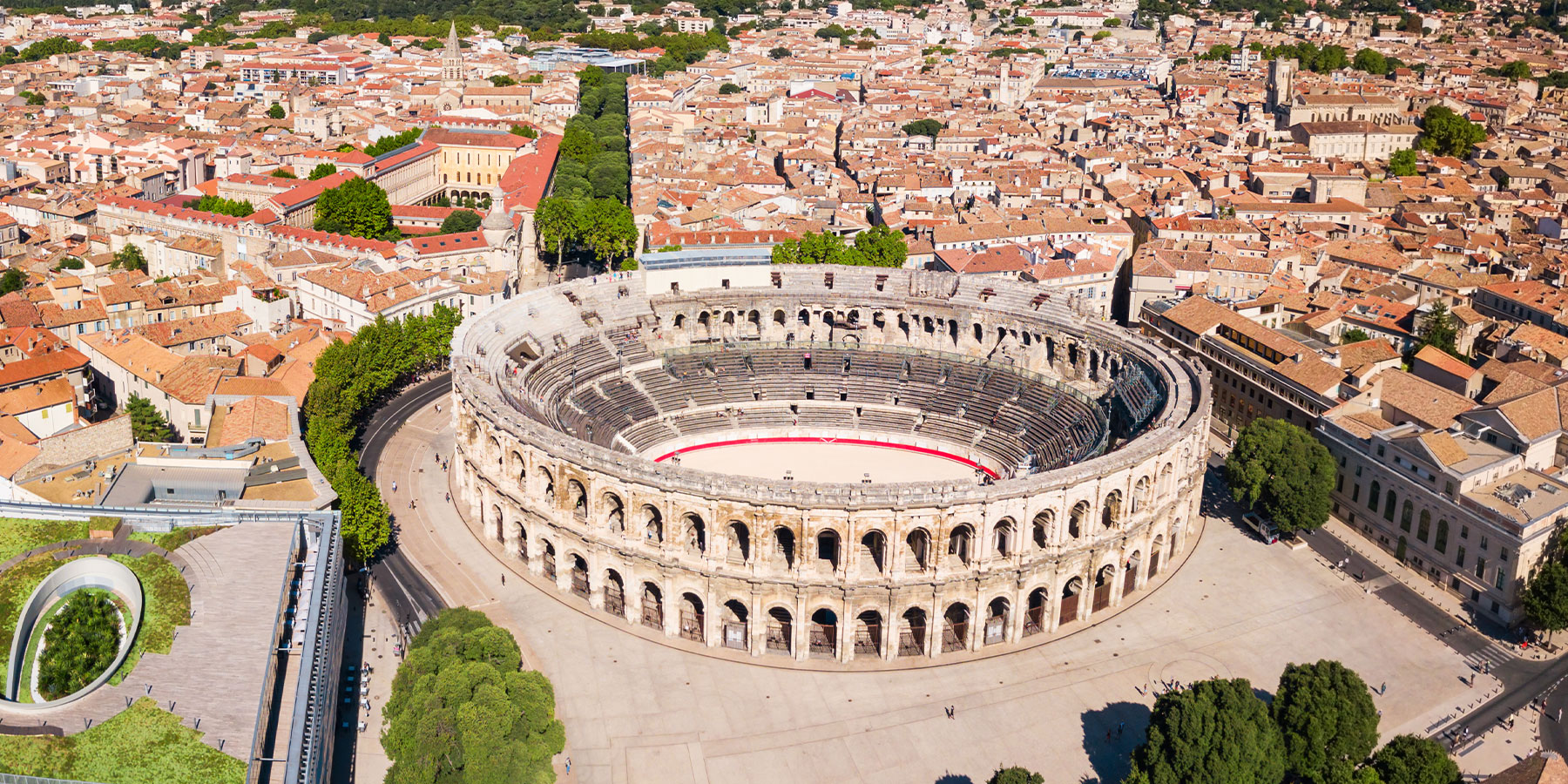


Comments